Thomas Heatherwick's 'Humanise' is a book campaigning for joy in architecture
Thomas Heatherwick's 'Humanise' is a new book - and the start of a campaign - by the designer, arguing against 'boring' buildings
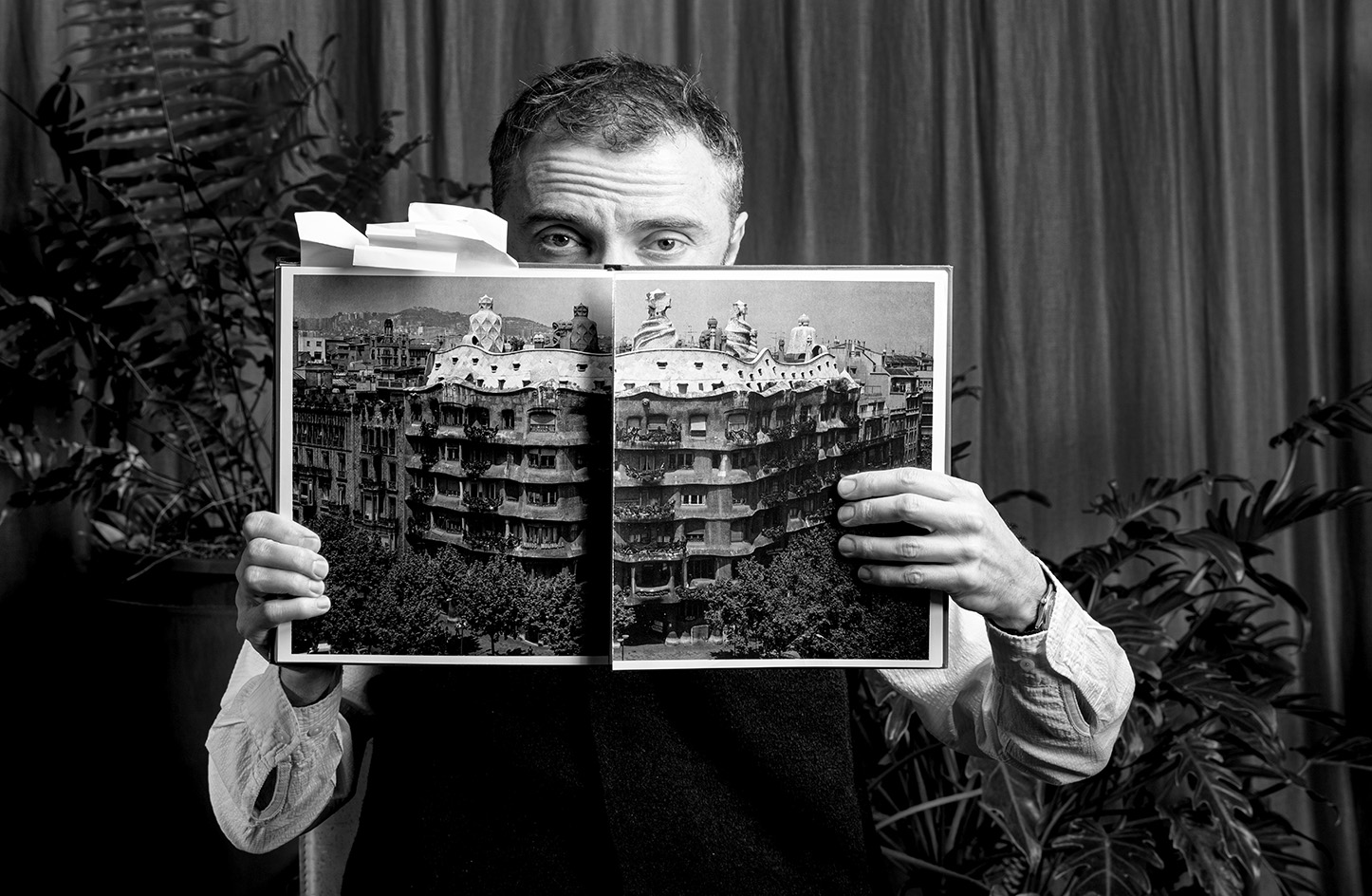
Thomas Heatherwick's 'Humanise' is not just a new architecture book; it is a publication that marks the start of a campaign by the acclaimed designer, as he vouches to advocate for joy in architecture and argue against the creation of 'boring' structures within our built environment. The new, thick tome by Penguin launched this month with a presentation and discussion with writer and curator Ekow Eshun (who is behind the ongoing show 'In the Black Fantastic' at nearby Hayward Gallery).
It is a book that brings up important questions - such as what is an architect, and what role does profit play in our cities and placemaking? - and attempts to answer them, using as its lens the studio's research on our response to architecture and its different styles. The practice's design approach has led to many international commissions such as London's Coal Drops Yard, New York's Little Island, and the soon-to-complete Azabudai Hills in Tokyo.
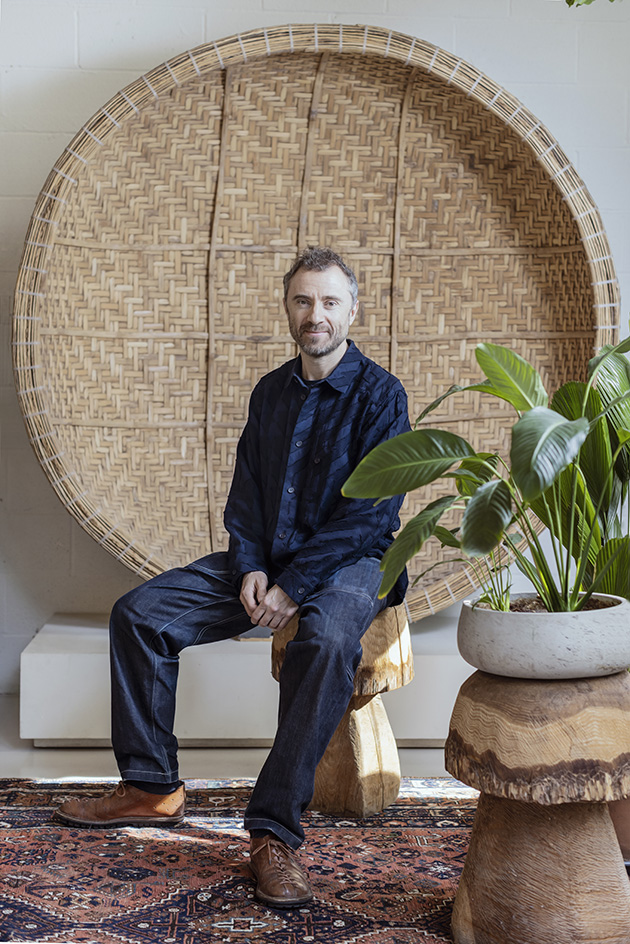
'Humanise': Thomas Heatherwick's thesis on'boring' buildings
At the launch, the designer began his talk by highlighting that many of us may feel that the concept of 'beautiful' is 'subjective', but, he continued 'perhaps 'boring' isn’t so subjective.' The book - and Heatherwick Studio's research - attempts to define what makes a building 'boring' - and describes it as the intersection of 'monotony, shininess, seriousness, plainness, straightness, and anonymity.' On their own, all these notions can work and produce great results, he explained, but it’s their combination, and repetition, that becomes a problem.
The book cites studies which have shown that certain buildings, featuring these elements, can create stress reactions to our bodies - so why is there not more done about them, he asks. Heatherwick also refers to Homs based architect and researcher Marwa al-Sabouni, who argues that the way buildings were created, designed and placed in her home country helped create divides and ultimately contributed to the ongoing civil war there.
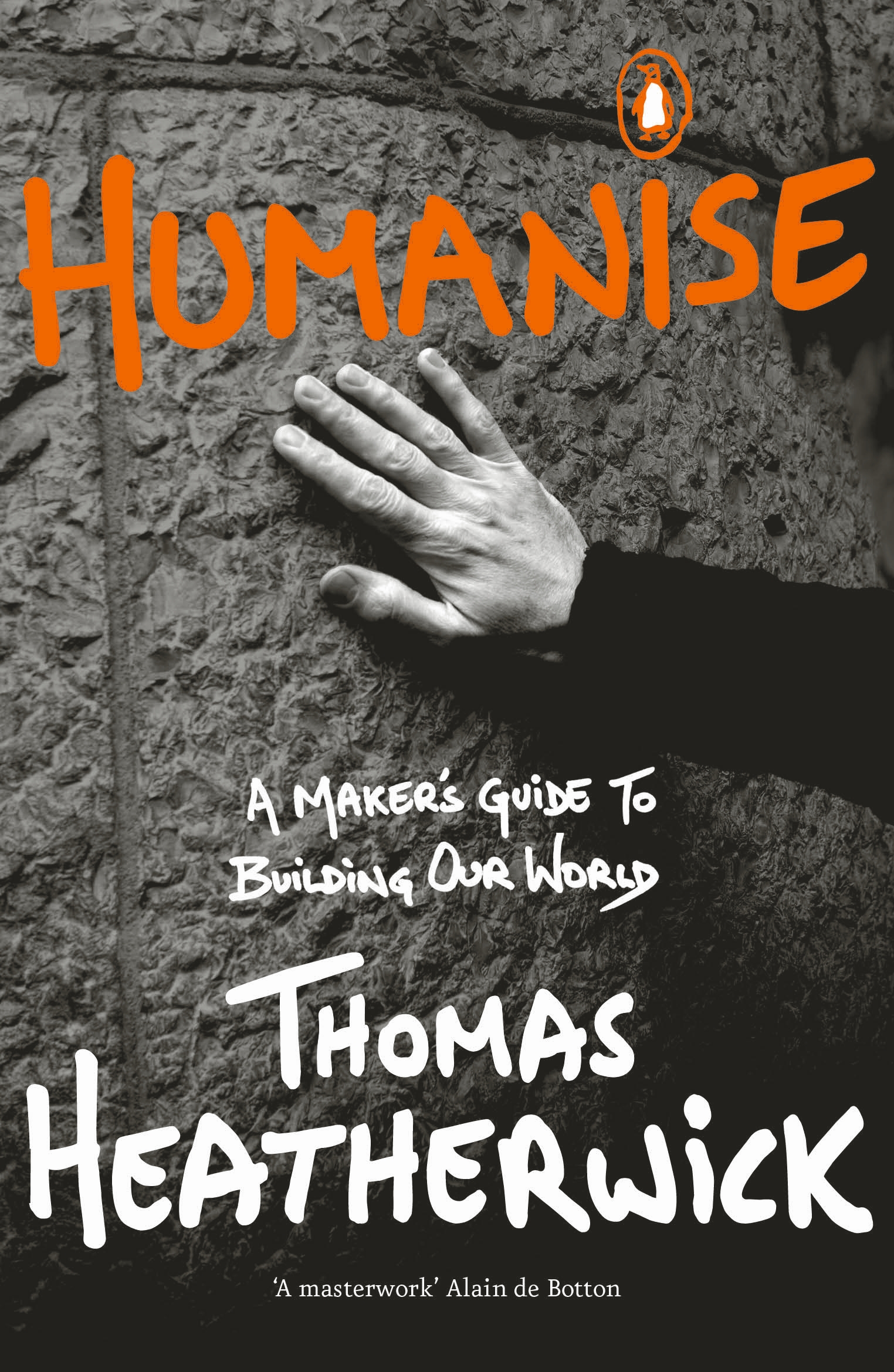
The designer also factors into his thesis the additional problems this is causing to the current global climate emergency - and how the amount of 'boring' buildings that are being erected and then quickly torn down have a devastating impact on our carbon emission counts, worsening the construction industry's negative contribution to climate change.

The 'humanise' campaign logo
Modernist architecture: is it to blame?
For Heatherwick, the problems began with the rise of modernist architecture in the 20th century - and key teachings by icons in the field, such as Le Corbusier and Mies van der Rohe, which were either taken to the extreme or misinterpreted, or simply overused. It was during this time that visual complexity of more traditional or historical styles (works such as La Sagrada Familia or Casa Milà by Antoni Gaudi in Barcelona) were swiftly abandoned - if not condemned - in favour of straight lines, austerity, and a minimalism to a fault that ended up dominating global aesthetics, often hailed as the 'only' way to go.
The designer added that not all Le Corbusier's designs present the same issues. Going on an 'anti-pilgrimage' with his family to the Chapelle Notre-Dame du Haut in Ronchamp, he recounted, he was completely taken by the particular church's architecture. 'It's one of my top buildings in the world,' he says. 'What a paradox.'
Receive our daily digest of inspiration, escapism and design stories from around the world direct to your inbox.
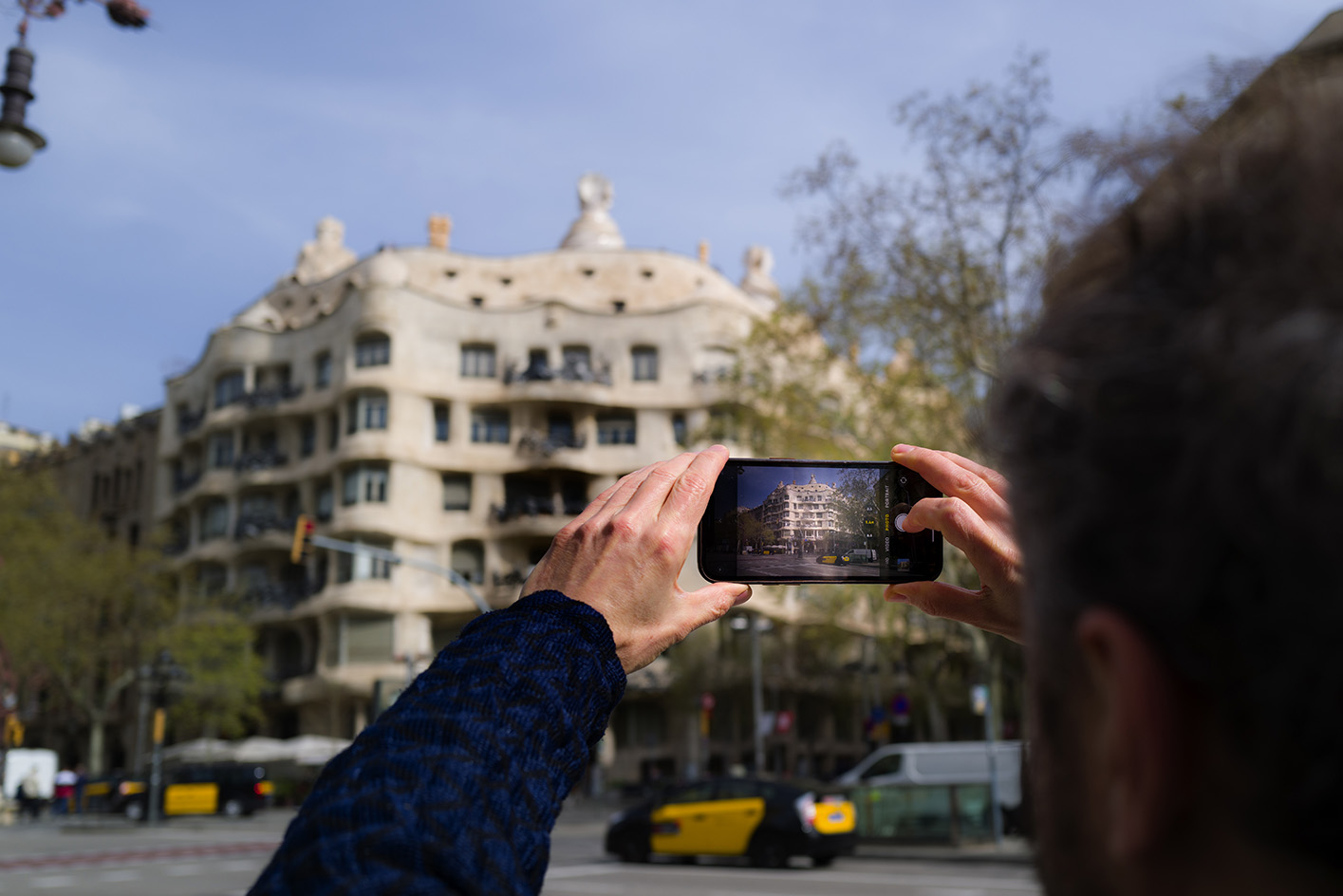
Casa Milà by Antoni Gaudi in Barcelona
Indeed, it would be worth highlighting that Modernism has many faces and there's a rich plurality within the genre - and many of the problems with its repetition and bad copycats lies in the circumstances related to the ways our cities are financed and built. It is difficult to point to a singular drive or reason behind their creation, as they are living, breathing human habitats of constant activity and immense complexity. There are examples where indeed, a lack of care feels evident, but also others whose presence elevates their users' lives and their surroundings - Modernist or not.
'A love story to our emotions'
Back in the book, some good points include urging architects to work with our emotions, trying to find ways to scientifically measure our reaction to buildings, factoring in wellbeing, and importantly, bringing the wider public into the conversation as prevalent practice in architecture. Heatherwick stresses that in his studio, they always examine their works in terms of how they appear on a city level, a street level, and a door level - and praises Soane Medal 2022 winner Peter Barber for his works, such as North London's Beechwood Mews social housing complex, which have been widely acclaimed for their human scale, distinct personality, and community friendly design.
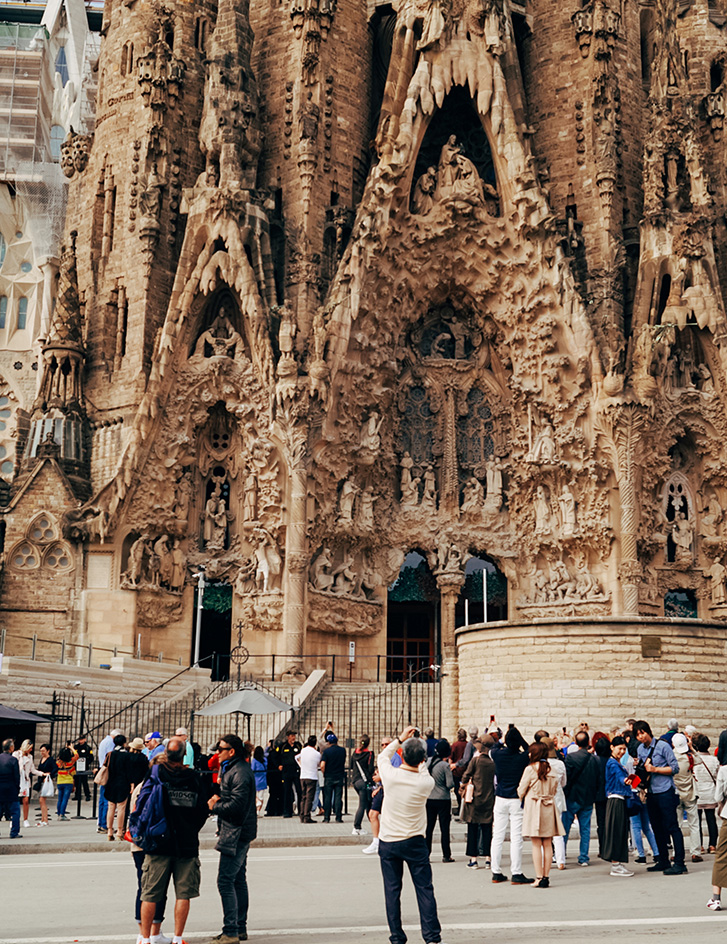
La Sagrada Familia by Antoni Gaudi
It is not, Heatherwick says, about completely dispelling the classic modernist adage 'form follows function'; it's about accepting that emotion is a function. Untimely, 'a building should be able to hold your attention for the time it takes to pass by,' he concludes. 'The book is a love story to our emotions.'
Ellie Stathaki is the Architecture & Environment Director at Wallpaper*. She trained as an architect at the Aristotle University of Thessaloniki in Greece and studied architectural history at the Bartlett in London. Now an established journalist, she has been a member of the Wallpaper* team since 2006, visiting buildings across the globe and interviewing leading architects such as Tadao Ando and Rem Koolhaas. Ellie has also taken part in judging panels, moderated events, curated shows and contributed in books, such as The Contemporary House (Thames & Hudson, 2018), Glenn Sestig Architecture Diary (2020) and House London (2022).
-
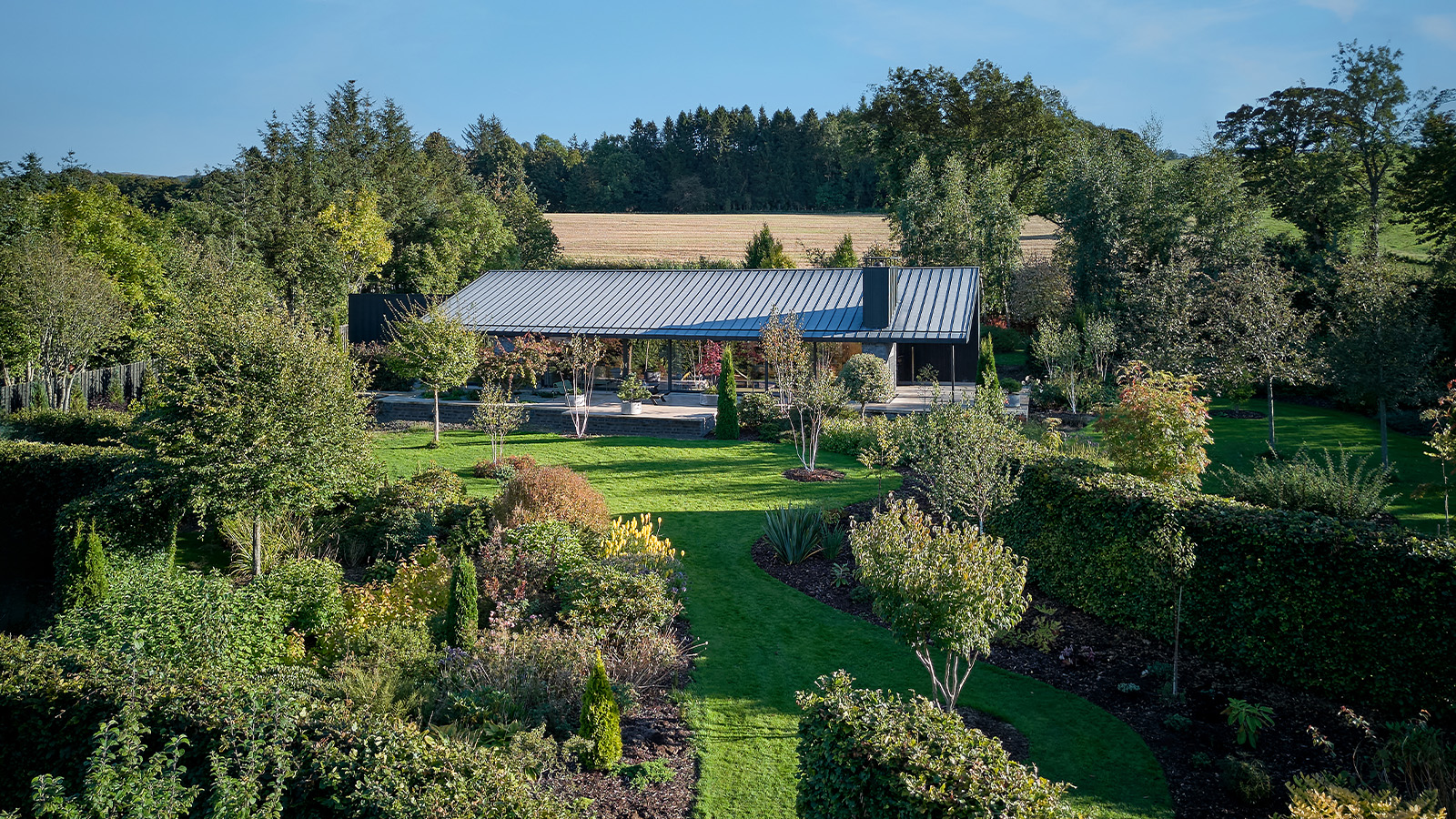 A compact Scottish home is a 'sunny place,' nestled into its thriving orchard setting
A compact Scottish home is a 'sunny place,' nestled into its thriving orchard settingGrianan (Gaelic for 'sunny place') is a single-storey Scottish home by Cameron Webster Architects set in rural Stirlingshire
-
 7 colours that will define 2026, from rich gold to glacier blue
7 colours that will define 2026, from rich gold to glacier blueThese moody hues, versatile neutrals and vivid shades will shape the new year, according to trend forecasters
-
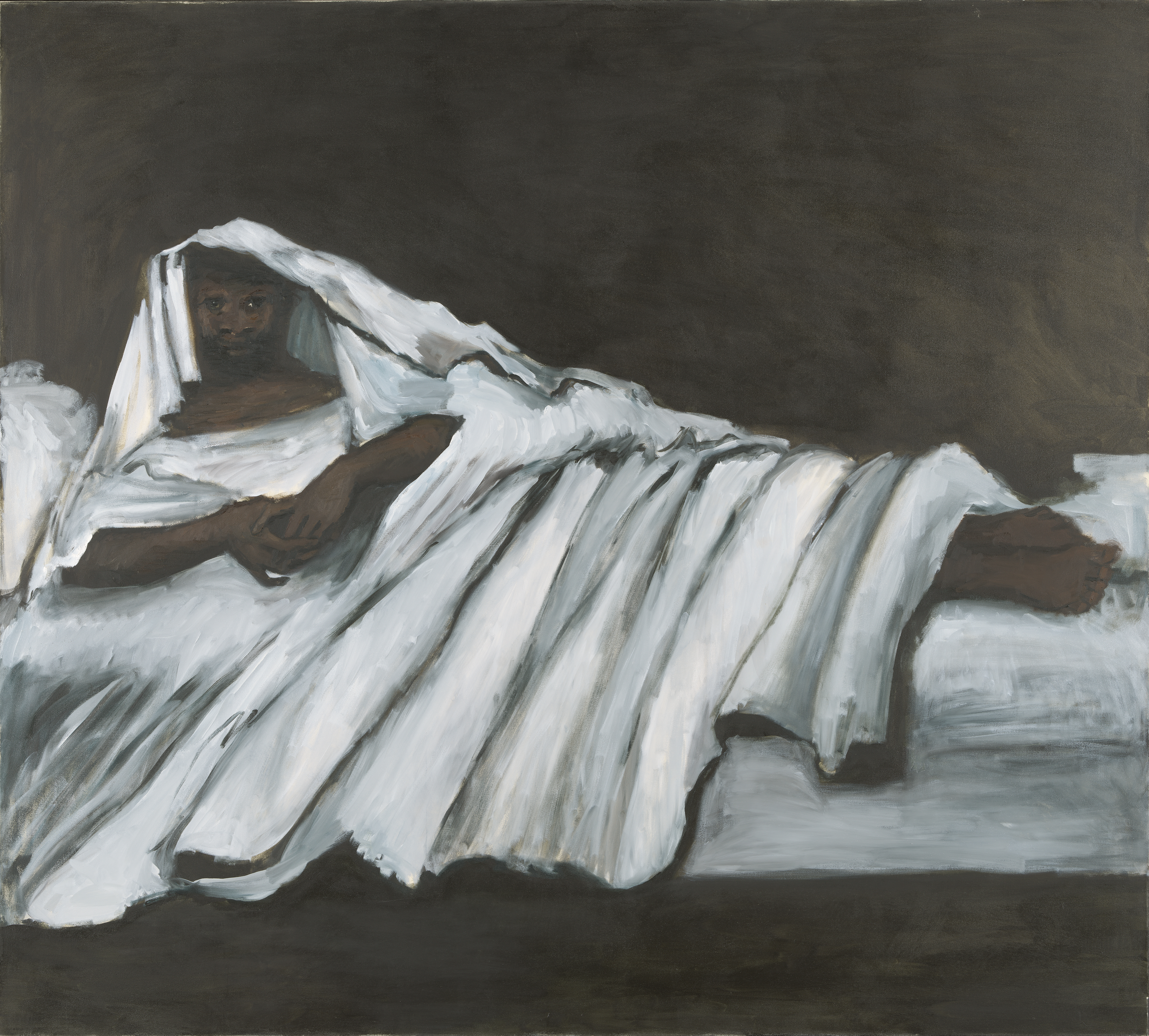 In Norway, discover 1000 years of Queer expression in Islamic Art
In Norway, discover 1000 years of Queer expression in Islamic Art'Deviant Ornaments' at the National Museum of Norway examines the far-reaching history of Queer art
-
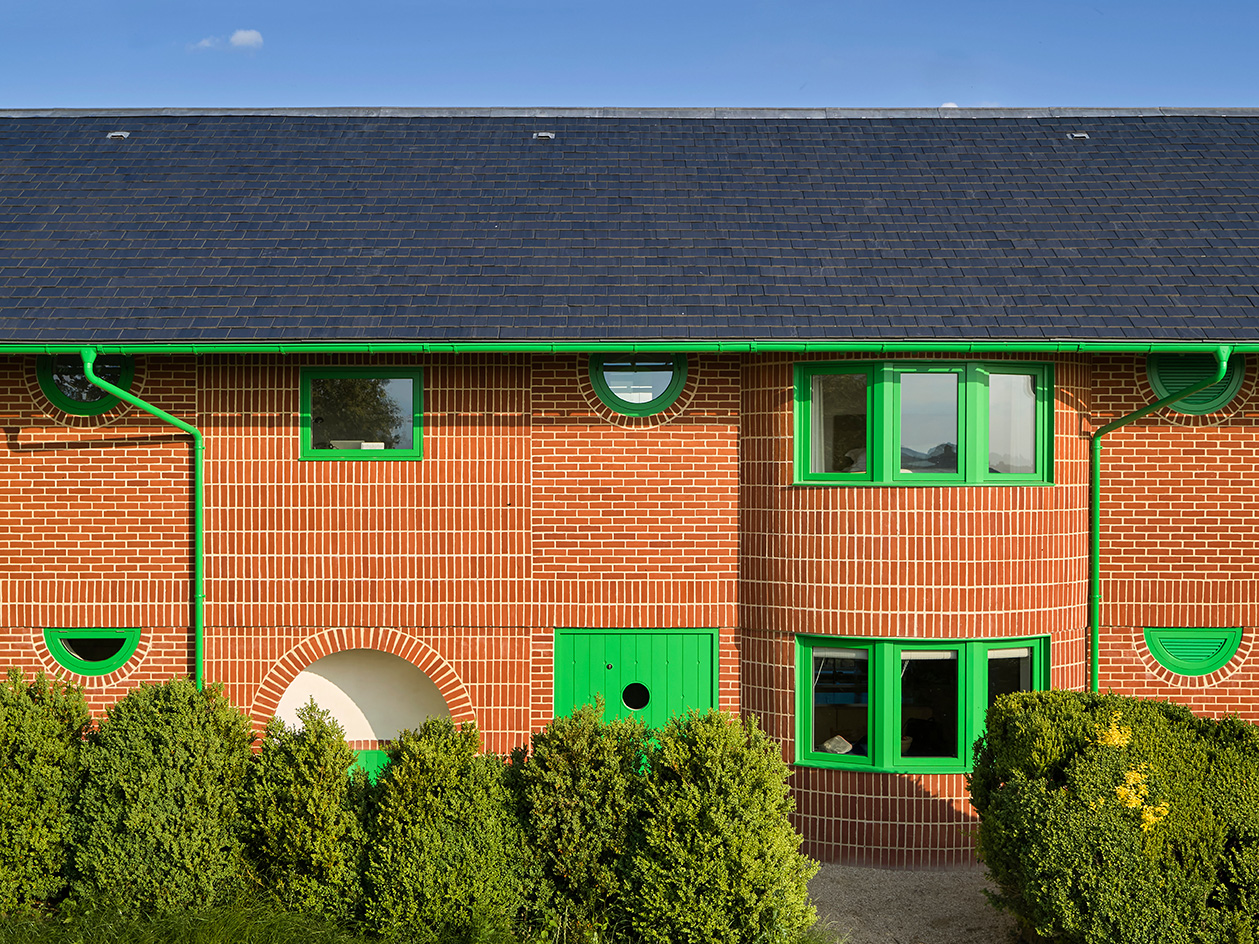 David Kohn’s first book, ‘Stages’, is unpredictable, experimental and informative
David Kohn’s first book, ‘Stages’, is unpredictable, experimental and informativeThe first book on David Kohn Architects focuses on the work of the award-winning London-based practice; ‘Stages’ is an innovative monograph in 12 parts
-
 Modernist Scotland explores the country’s impressive legacy of contemporary architecture
Modernist Scotland explores the country’s impressive legacy of contemporary architectureA new book, Modernist Scotland, delves into the art and ambitions of the International Style in post-war Scotland, presenting 150 projects that typify an age of optimism and innovation.
-
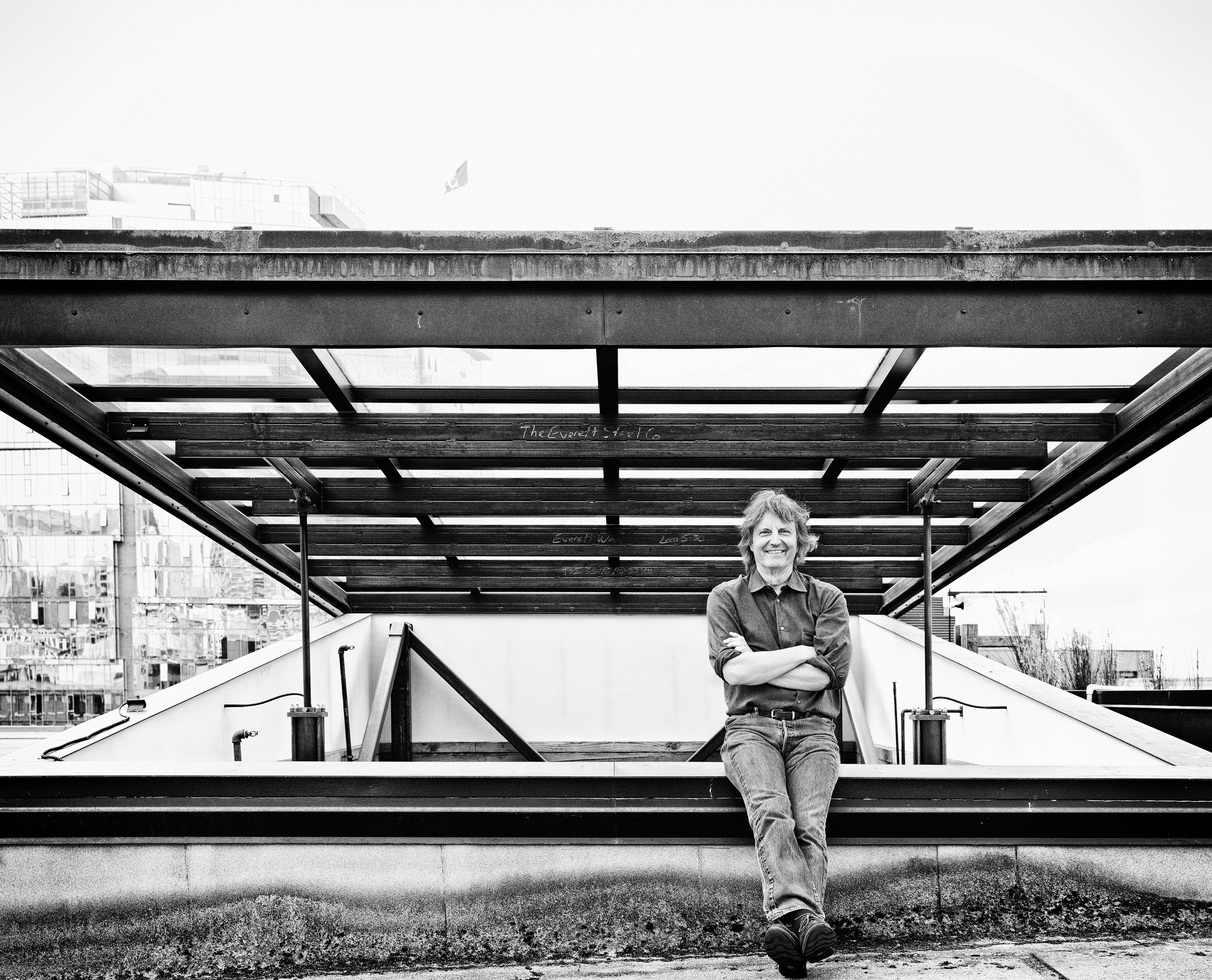 Explore Tom Kundig’s unusual houses, from studios on wheels to cabins slotted into boulders
Explore Tom Kundig’s unusual houses, from studios on wheels to cabins slotted into bouldersThe American architect’s entire residential portfolio is the subject of a comprehensive new book, ‘Tom Kundig: Complete Houses’
-
 ‘Brutalist Berlin’ is an essential new guide for architectural tourists heading to the city
‘Brutalist Berlin’ is an essential new guide for architectural tourists heading to the cityBlue Crow Media’s ‘Brutalist Berlin’ unveils fifty of the German capital’s most significant concrete structures and places them in their historical context
-
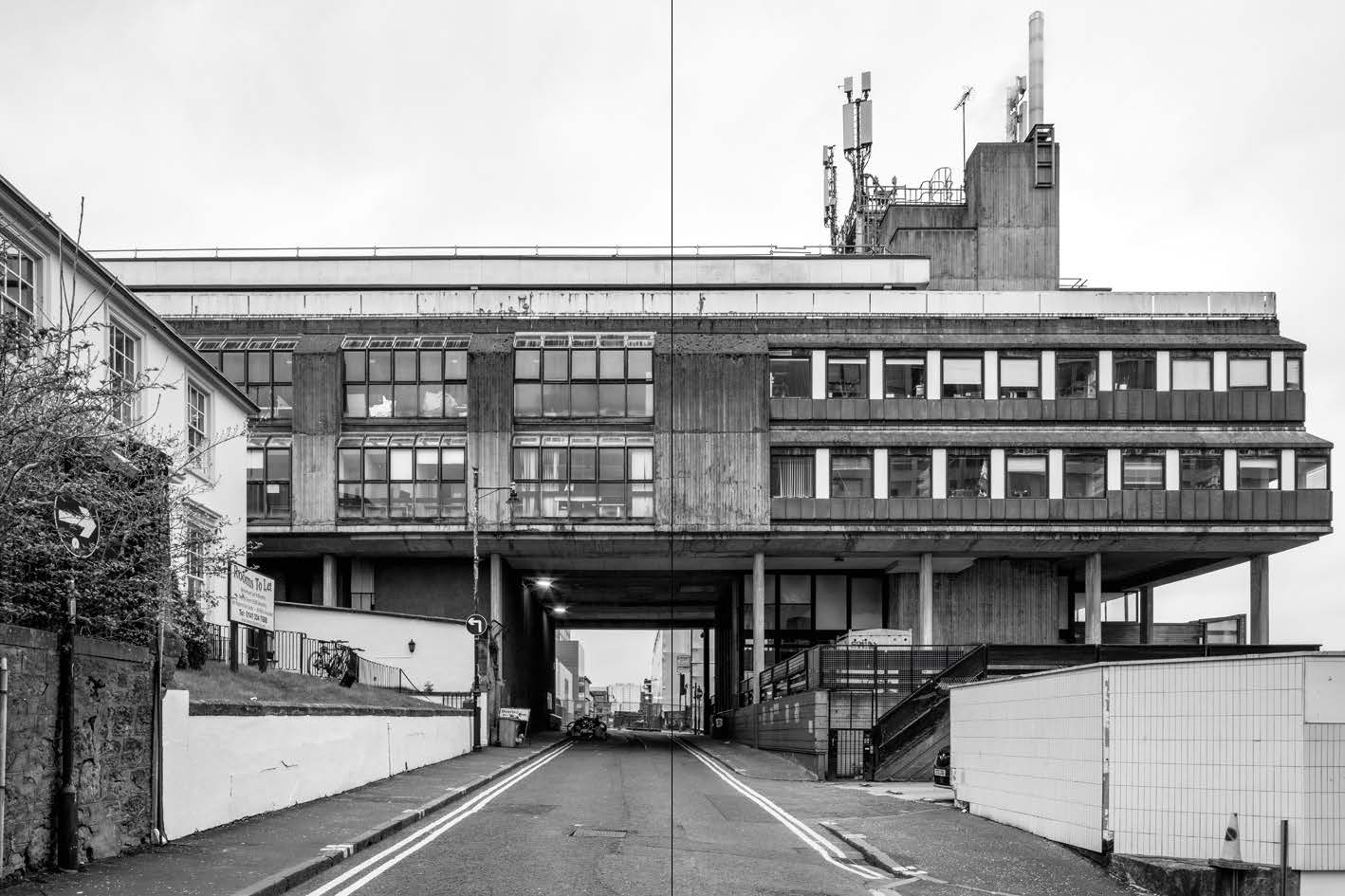 Celebrate the angular joys of 'Brutal Scotland', a new book from Simon Phipps
Celebrate the angular joys of 'Brutal Scotland', a new book from Simon Phipps'Brutal Scotland' chronicles one country’s relationship with concrete; is brutalism an architectural bogeyman or a monument to a lost era of aspirational community design?
-
 Thomas Heatherwick's 2025 Seoul architecture biennale calls for ‘radically more human’ buildings
Thomas Heatherwick's 2025 Seoul architecture biennale calls for ‘radically more human’ buildingsThe 2025 Seoul architecture biennale launches in the South Korean capital, curated by Thomas Heatherwick, who argues for creating buildings in tune with emotion, 'the thing that drives us'
-
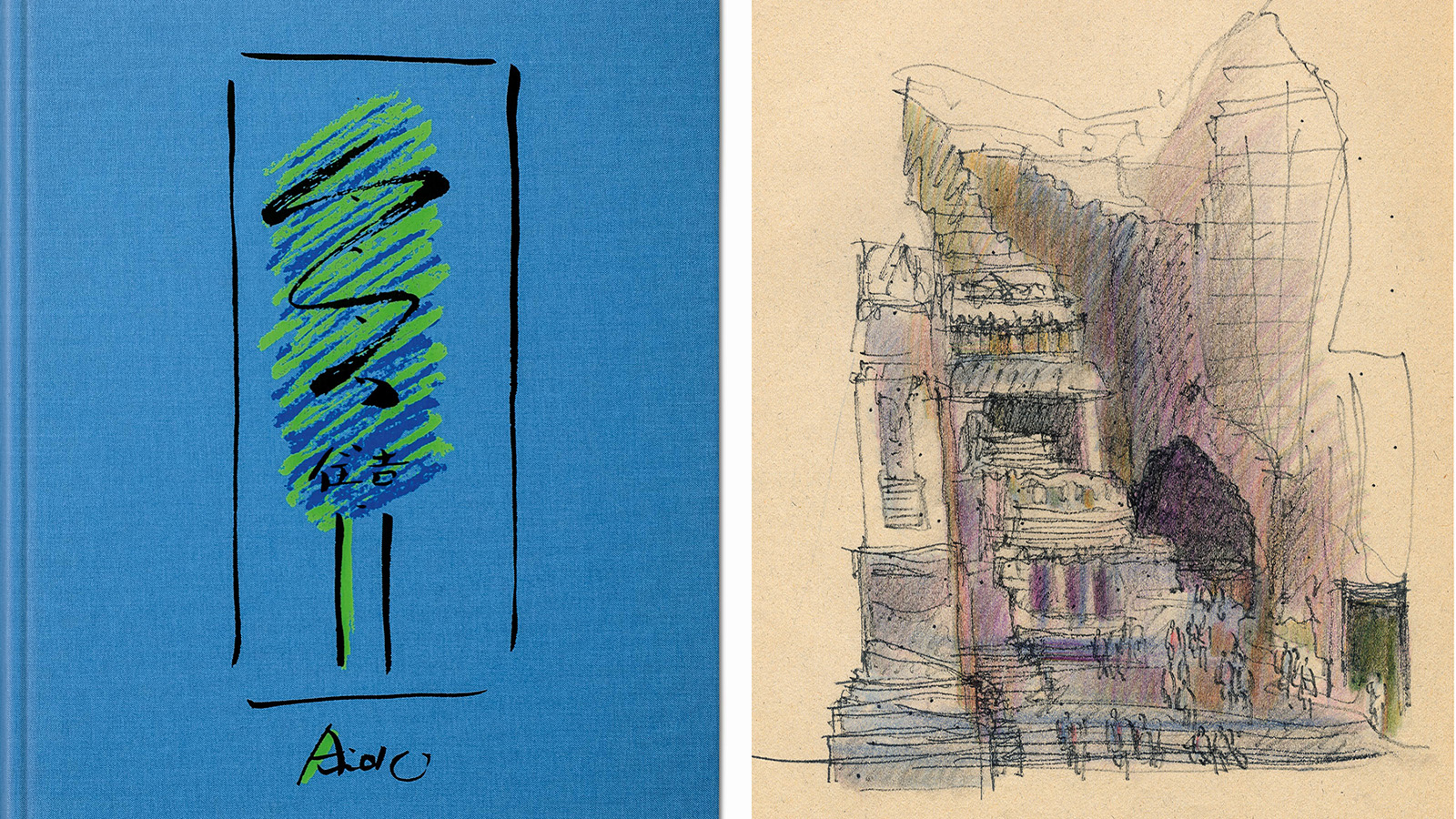 A new Tadao Ando monograph unveils the creative process guiding the architect's practice
A new Tadao Ando monograph unveils the creative process guiding the architect's practiceNew monograph ‘Tadao Ando. Sketches, Drawings, and Architecture’ by Taschen charts decades of creative work by the Japanese modernist master
-
 Around the world in brutalist interiors – take a tour with this new book
Around the world in brutalist interiors – take a tour with this new book'Brutalist Interiors' is a new book exploring the genre's most spectacular spaces; we speak to its editor Derek Lamberton, and ask for his top-three must-sees